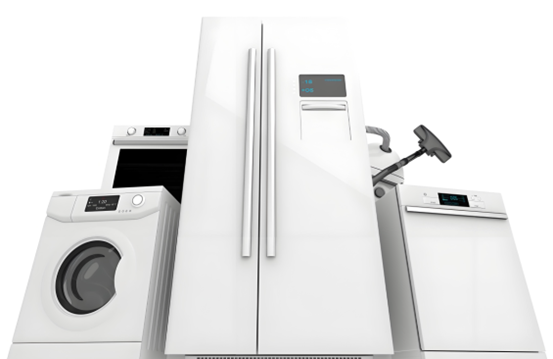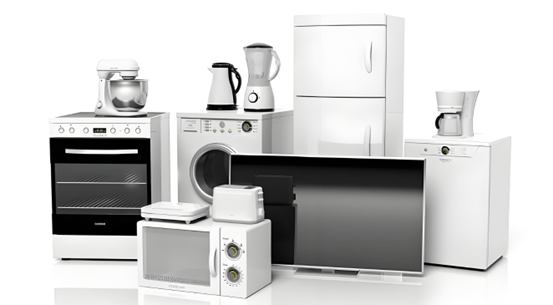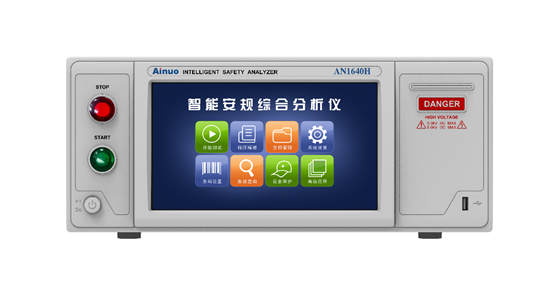Smart Electrical Safety Tester: The Invisible Guardian of White Appliances
As the core carrier of family life, the safety of white appliances is directly related to the safety of consumers' lives and property. In today's fiercely competitive industry, product performance and appearance innovation are certainly important, but safety testing is the "safety red line" that companies must cross.
Three core values of safety testing: from risk avoidance to brand premium
1. Mandatory compliance: the rigid threshold of national standards
(1) Current white appliance safety standards are centered on the GB 4706 series (corresponding to the IEC 60335 international standard), covering dimensions such as electrical safety, mechanical protection, and thermal performance. For example:
GB 4706.1-2005 stipulates leakage current limits (Class I equipment ≤ 0.75mA, Class II equipment ≤ 0.25mA). Exceeding the standard may cause electric shock risks;
GB 4706.30-2008 requires the durability of washing machine door lock devices to reach 10,000 opening and closing times to prevent safety accidents caused by mechanical failures. Products that fail testing not only face the risk of being banned from the market (according to Article 49 of the Product Quality Law), but may also face the potential for brand reputation to collapse due to recalls.
2. Building Technical Barriers: The Underlying Logic of Differentiated Competition
Safety test data can be transformed into technological advantages. For example:
Passing the "abnormal operation test" of GB 4706.32-2012 (Special Requirements for Refrigerators) verifies the compressor's protection mechanism under extreme operating conditions, directly demonstrating product reliability;
Complying with GB 4343.1-2018 (Electromagnetic Compatibility) for motor control systems reduces interference with household appliances and enhances user experience.
In-Depth Interpretation of National Standards
1. Electrical Safety: From Insulation Materials to Grounding Design
Creepage Distance and Clearance: The standard requires a distance of ≥ 4mm (pollution degree 2) between live parts and the enclosure to prevent arcing;
Ground Resistance Test: The resistance between the ground terminal and accessible metal parts must be ≤ 0.1Ω to ensure rapid discharge of fault current.
2. Mechanical Safety: "Fault-Proof" Structural Design
Sharp Edge Protection: The standard requires rounded corners (radius ≥ 2.5mm) to prevent cutting injuries;
Stability Test: The washing machine must not tip over when tilted 10° to prevent the risk of children climbing on it and tipping over.
3. Thermal Safety: The Engineering Philosophy of Temperature Rise Control
The motor winding temperature rise limit (Class B insulation ≤ 80K) directly affects product lifespan. Haier has reduced compressor temperature rise by 15% by optimizing the air duct design, significantly extending the lifespan of the entire machine.
Enterprise Practice Path: From Compliance to Strategic Upgrade
1. Full Lifecycle Test Management: From simulation testing in the R&D phase (such as ANSYS electromagnetic field analysis) to post-production spot checks (AQL sampling according to GB/T 2828.1), a closed loop is formed.
2. Application of Intelligent Inspection Technology: Midea has introduced an AI vision system to inspect power cord plug dimensions, improving efficiency by 40%.
3. Dynamic Standard Tracking Mechanism: Establishing an early warning system for GB standard revisions (e.g., the additional requirements for wireless charging devices in the 2023 draft of the new GB 4706.1).
Conclusion: Safety Testing is Not a Cost, But a Passport to Market dominance
As the white goods industry shifts from "incremental competition" to "stock competition," safety testing has evolved from a compliance requirement to a core element of technological competitiveness. Mastering the technical details of national standards not only mitigates legal risks but also establishes a "reliable" image in consumers' minds through quantified safety performance, ultimately achieving sustained brand value growth.


